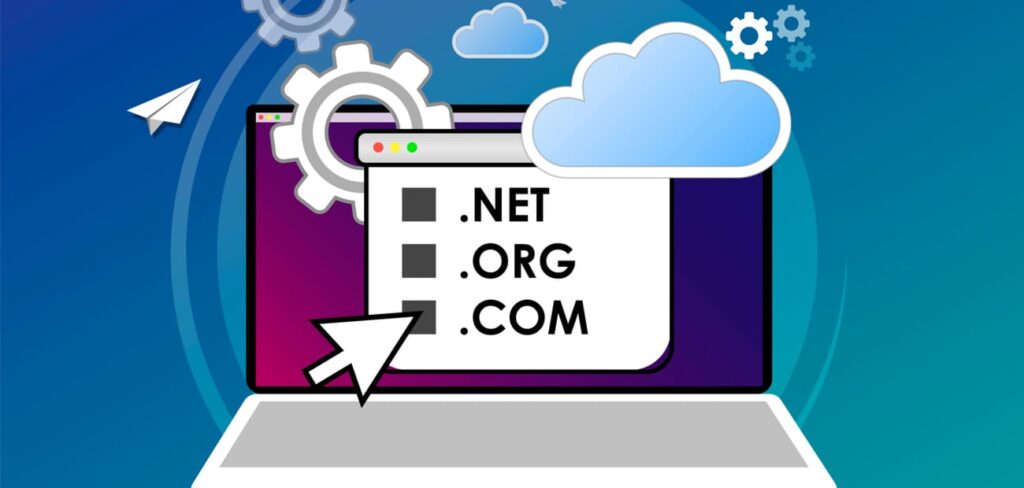In today’s digital age, having a website is essential for businesses, professionals, and even hobbyists to establish their online presence and reach a wider audience. Fortunately, building a website is no longer a daunting task reserved for tech-savvy individuals. With the plethora of user-friendly tools and platforms available, anyone can create a professional-looking website with minimal effort. Here’s a step-by-step guide to help you get started on your website-building journey:
Step 1: Define Your Purpose and Goals
Before diving into the technical aspects of website creation, take some time to define the purpose and goals of your website. Ask yourself what you aim to achieve with your website. Are you building a portfolio to showcase your work? Or perhaps an online store to sell products? Understanding your goals will help you make informed decisions throughout the website-building process.
Step 2: Choose a Platform
There are numerous website-building platforms available, each catering to different needs and skill levels. Some popular options include WordPress, Wix, Squarespace, and Shopify. Consider factors such as ease of use, customization options, and scalability when choosing a platform. If you’re new to website building, platforms like Wix and Squarespace offer intuitive drag-and-drop interfaces, while WordPress provides more flexibility and customization options for advanced users.

Choose a Platform
Selecting the right website-building platform is a crucial decision that will impact the ease of creating and managing your website. Here’s a deeper dive into some popular options:
- WordPress: WordPress powers over 40% of all websites on the internet and is known for its flexibility and scalability. It offers thousands of themes and plugins, allowing users to create highly customizable websites for various purposes, including blogs, portfolios, and e-commerce stores. While WordPress can be slightly more complex for beginners, its extensive community support and resources make it an excellent choice for those willing to invest time in learning.
- Wix: Wix is a user-friendly website builder that offers a drag-and-drop interface, making it ideal for beginners with no coding experience. It provides a wide range of professionally designed templates that can be easily customized to suit your brand. Wix also offers a variety of features, including an integrated App Market for adding functionality to your site, such as e-commerce, booking systems, and contact forms.
- Squarespace: Squarespace is known for its stunning, modern templates and intuitive design tools. It’s a popular choice for creatives and small businesses looking to create visually appealing websites without the need for technical expertise. Squarespace offers built-in features such as blogging tools, e-commerce functionality, and analytics, making it a comprehensive solution for building and managing your online presence.
- Shopify: If you’re planning to launch an online store, Shopify is a leading e-commerce platform that provides everything you need to sell products online. It offers customizable templates, secure payment processing, inventory management, and marketing tools to help you build and grow your online business. Shopify is suitable for businesses of all sizes, from small startups to enterprise-level companies.
- Weebly: Weebly is another user-friendly website builder that offers a drag-and-drop interface and a variety of customizable templates. It’s particularly well-suited for small businesses and entrepreneurs looking to create simple yet professional websites. Weebly also provides e-commerce functionality, allowing users to easily set up online stores and sell products.
Step 3: Select a Domain Name and Hosting Provider
Your domain name is your website’s address on the internet, and it plays a crucial role in branding and marketing. Choose a domain name that is relevant to your niche and easy to remember. Once you’ve selected a domain name, you’ll need to choose a hosting provider to store your website’s files and make it accessible online. Many website-building platforms offer integrated hosting services, simplifying the process for beginners.

Step 4: Design Your Website
The design of your website plays a significant role in attracting and retaining visitors. Most website-building platforms offer a variety of templates and themes to choose from, allowing you to customize the look and feel of your site to match your brand. Pay attention to factors such as layout, color scheme, typography, and imagery to create a visually appealing and user-friendly website.
Step 5: Add Content
Once you have your website’s design in place, it’s time to add content. This includes text, images, videos, and any other media you want to feature on your site. Be sure to create engaging and informative content that resonates with your target audience. Organize your content into pages or sections to make navigation easy for visitors.
Step 6: Optimize for SEO and Mobile
Search engine optimization (SEO) is essential for ensuring that your website ranks well in search engine results and attracts organic traffic. Optimize your website’s content, meta tags, and images for relevant keywords to improve its visibility online. Additionally, ensure that your website is mobile-friendly, as an increasing number of users access the internet from mobile devices. Most website-building platforms offer built-in SEO tools and mobile responsiveness features to help you optimize your site effectively.
By following these six simple steps, you can create a professional-looking website that effectively showcases your brand, products, or services. Remember to regularly update your website with fresh content and monitor its performance to ensure that it continues to meet your goals and objectives. With dedication and creativity, your website can become a powerful tool for reaching and engaging with your target audience.

